~ * ~
This article is written by Ann Strecko Koeman
Glue, glorious glue! Where would we mixed media artists be without this essential medium ? Personally, it is of great importance to me. Ever since I was allowed to use paste from a young age I have learned to love and hate the gooey sticky stuff. As a child I used that yellowy syrup sticky liquid, looking like clear honey or diluted maple syrup, but it did not smell yummy. It came in a little clear bottle with a red rubber nipple top that one had to either create a slit into unless the brand you bought came pre slit.
That stuff was messy and wet, but it worked for my construction paper crafting. With my mom I was allowed to use contact cement glue to paste clippings into our scrapbook. After all it was the ’70’s! We did not know or care about acid free and archival quality. We were lucky if our parents actually bought real glue instead of having to always make due with a homemade paste version.
Over the decades I have learned different types of arts and crafts that all use a variety of adhesives. Some smellier than others, and some more convenient than others. I also learned that glues could be used as more than an adhesive when it comes to art making. In this article I will share with you a few of my unusual glue uses that involve hot glues, moulds, and plain old white school glue.
Recently I purposely started playing around with my hot glue gun. I had noticed that whenever hot glue drips ,drizzles and is left to dry on a hard non porous surface such as tile or a silicon mat,it tends to lift off easily when it is completely cool. So I started playing with making some stars out of glue on my work table. I liked what I saw, and proceeded to do a little research on the internet.
Well, other people had the same idea and they took it a little further and they were making stencils, stamps, and embellishments. So, armed with my twenty year old little low temp glue gun I started to make some patterns with the glue, let it dry and cool completely and I had made some very funky stencils. These are so much fun to make, easy and inexpensive. I had never had any creative use for my glue gun, it was just a tool, a means to get things to stick together, but now a whole new world had opened up.
I have since purchased a better quality glue gun that has a precision tip, is dual temperature and can be used without its long electric cord for short periods of time. I started playing with different types and colours of glue sticks. I even invested in some specially made hot glue/resin making moulds.
There are even glue like sticks that contain resin that can be melted in your glue gun and shot into these moulds to make super cute embellishments. These embellishments can then be altered with inks, paints, and mica powders to get any colour or look you desire. It is an economical way to make a large collection of embellishments that can be used in a multitude of projects.
I also tried playing with regular white school glue and made a few discoveries. For one, white glue is a wonderful medium to use to obtain a crackled paint effect on just about any surface. You just need to paint a coat of paint (Acrylic) let it dry slightly, coat that with glue, let that become tacky, and give it another coat of paint. Drying times will vary between glues and paints, so some experimenting is required. However, the effects are so interesting.
Another thing I have learned to do with white glue, cardboard, and aluminum foil is make faux metal embellishments. By drawing a design onto a piece of cardboard with glue, letting the glue dry, then covering the glue design with aluminum foil. Finally, I use inks to colour the foil to make it look like aged metal. The possibilities are endless.
I am really pleased with my experiments and I am happy to share these ideas. Who knew something so plain as glue could be used co creatively? I hope that you get to play and make some discoveries of your own. A few words of caution though: always work with glues in a properly ventilated area, and don’t stick your fingers together! Please, don’t ask how I know.
~*~*~*~*~*~*~*~*~*~*~*~*~*~*~*~*~*~*~*~*~*~*~*~*
Ann is a Mixed Media Artist, Designer, Instructor, and writer working and living in the country side of Canada’s capital. Where she often finds herself in “sticky “ situations and wishes she had invested in glue stock!
~*~*~*~*~*~*~*~*~*~*~*~*~*~*~*~*~*~*~*~*~*~*~*~*
.
.
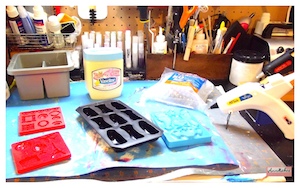
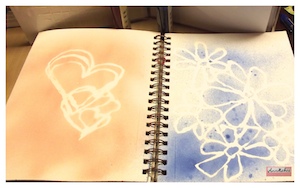
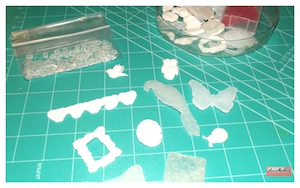
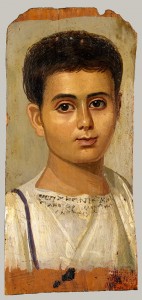
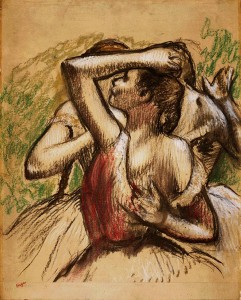
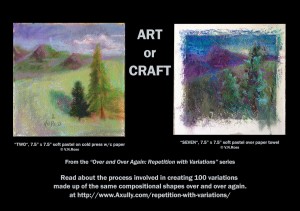



Recent Comments